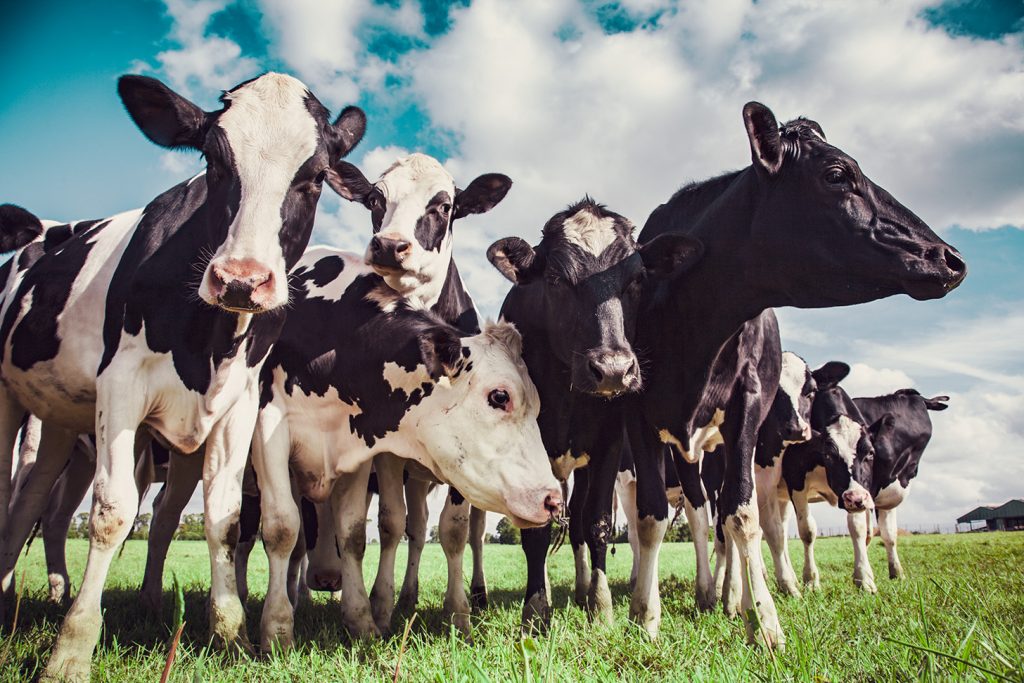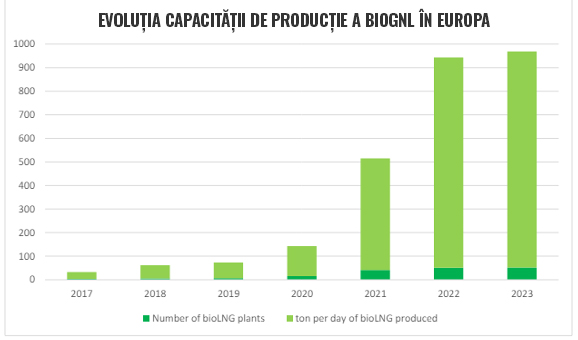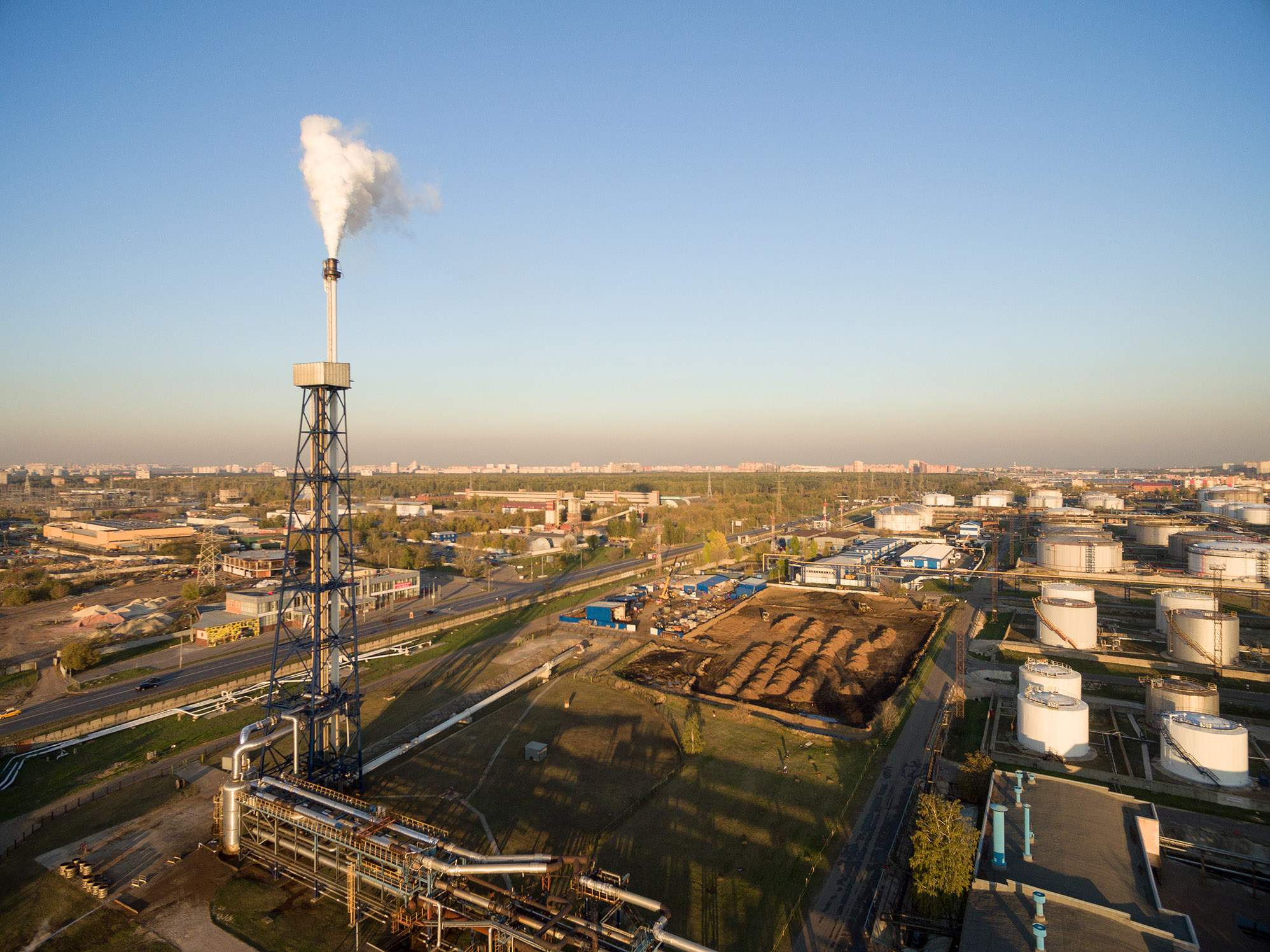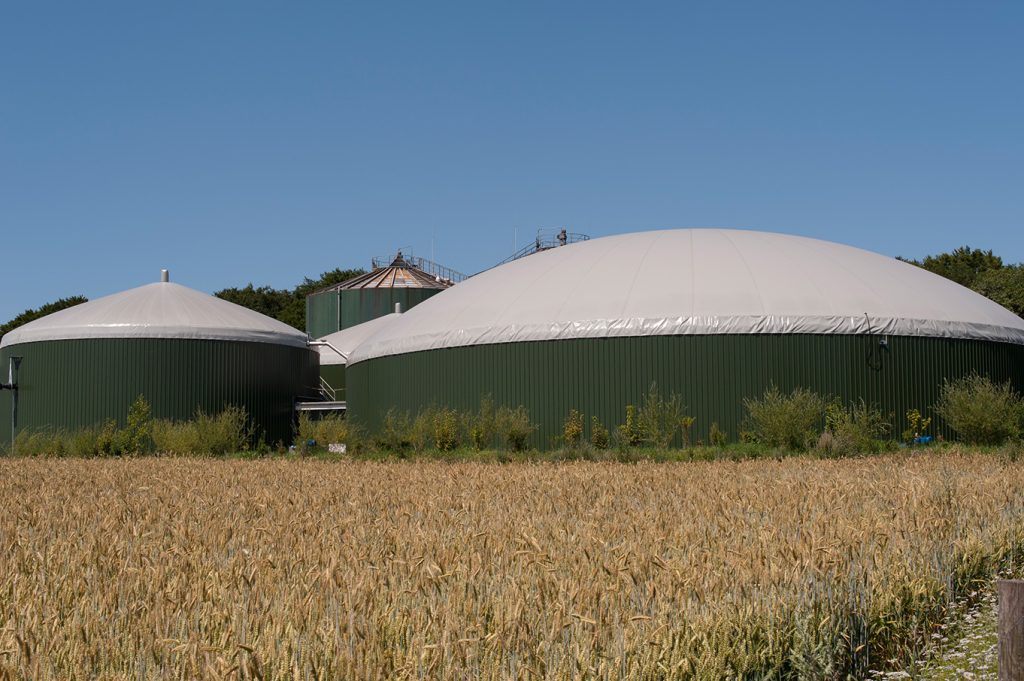Low-emission gases (including biomethane, but also low-emission hydrogen and e-methane) can play a crucial role in decarbonizing the natural gas and energy sectors in general. Biogas is produced from the decomposition of organic materials in the absence of oxygen by bacteria in special installations. Through decomposition, a mixture of gases is released: 45 - 85 vol% methane (CH₄), 25 - 50 vol% carbon dioxide (CO₂), hydrogen sulphide H₂S, etc. The feedstocks used to produce biogas include agricultural waste, food waste, manure, sewage, municipal waste. Biomethane is a purer form of biogas, consisting of about 100% methane, with a quality roughly equal to that of natural gas. Its multiple applications include heat and power for buildings and industry, but also the production of renewable fuels for the transportation sector.

BIOMETHANE IS PRODUCED FROM BIOGAS,
Biogas is purified by removing CO₂ and other compounds, leaving only the biomethane. But there are other methods to produce biomethane: gasification of biomass, electrolysis and methanation, etc. These processes result in methane with a low or zero CO₂ footprint. EU annual production now stands at 3 bcm (billion cubic meters), but experts estimate that 95 bcm will be needed by 2050.
But what happens to the carbon dioxide obtained in the process of purifying biogas and converting it into biomethane? This carbon dioxide can be valorized in the food industry or used in greenhouses to enhance photosynthesis.
...AND FROM BIOMETHANE, BIOGNL IS PRODUCED.
Biogas can be used to power combined heat and power (CHP) engines to produce electricity without having to be converted into biomethane. Excess biomethane production can be fed into the gas grid to replace fossil natural gas.
Biomethane can be transformed into bio LNG (bio liquefied natural gas): the biomethane is liquefied and delivered to end-users, replacing fossil liquefied natural gas.
WHY USE LNG AS FUEL?
This renewable substitute for LNG offers the same advantages that LNG offers over diesel:
-
- Reducing carbon emissions;
- Quieter engine operation;
- Reducing emissions of nitrogen oxides;
- Significantly less emissions of particulate pollutants.
In addition, biogas valorizes waste (agricultural, food, etc.) that would otherwise have to be landfilled and would be a source of emissions.
So biomethane capture means:
- Emission avoidance for landfills;
- Obtain alternative fuels to conventional ones, with the benefit of lower emissions.

BIOGNL IS METHANE. AND YET IT IS EMISSION NEUTRAL?
Indeed, when it is burned, the carbon in bioGNL is removed into the atmosphere as CO₂. The difference lies in where the carbon comes from: burning fossil fuels releases carbon that has been locked in the ground for millions of years, while burning bioNGL releases carbon that is already part of the natural carbon cycle. Fossil fuel use can be said to increase the total amount of carbon in the atmosphere, while burning bioNGL simply returns carbon that has been absorbed from the atmosphere in the process of plant growth.
To produce bioGNL, methane is separated from CO₂. By capturing and liquefying the CO₂ and reusing it in industry to replace fossil CO₂, bioNGL becomes emission neutral.






